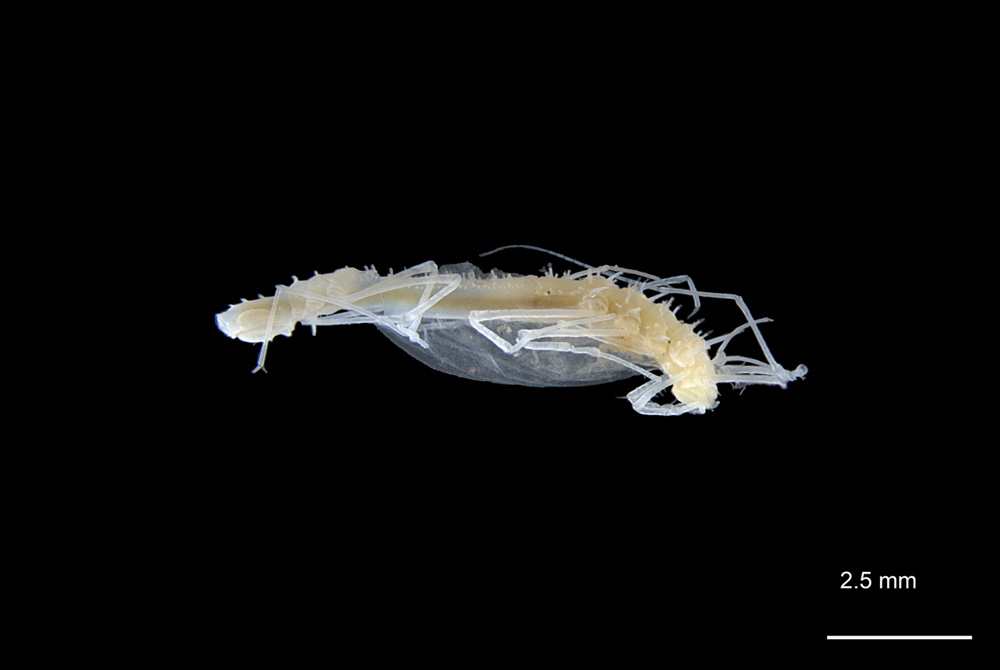Deep-sea macrofauna in the face of Arctic Change
Katharina Kohlenbach — Hector Fellow Antje Boetius
This project focuses on the distribution of deep-sea macrofauna (animals between 0.3 mm – 5 cm) in the deep Arctic Ocean across temporal and spatial scales. I will test the hypothesis if environmental factors like ocean warming and ice retreat will affect community composition. In addition, I will study the diversity, distribution, and connectivity of isopods as they comprise an abundant and diverse group of the macrofauna but are understudied in the Central Arctic. They are “brooders” – meaning they hatch their young in a brood pouch (imagine a tiny kangaroo) and therefore they usually do not disperse as far as animals with free-swimming larvae.
The Arctic Ocean is rapidly changing. Surface temperatures are increasing four times faster than anywhere else on the planet, and the summerly sea-ice extent is declining by 12% per decade. These environmental changes have repercussions on the entire ecosystem from the surface to the deep sea. I am intrigued by the deep-sea macrofauna that live on the seafloor (= benthic), because the deep sea is a huge reservoir of unknown species. Benthic deep-sea life plays an important role in the biogeochemical cycling of carbon and nutrients. However, due to the difficult accessibility of the ice-covered Arctic basins, very little is known about the structure and function of its deep-sea macrofauna, and how it may respond to environmental changes and other anthropogenic pressures.
The goal of this project is thus to investigate the diversity, distribution, and connectivity of macrofauna in the Arctic Ocean across different temporal and spatial scales. This includes a comparison of Central Arctic macrofauna communities across 3 decades, as well as focused studies on the species diversity and distribution ranges of isopods. I will combine classical morphological identification with molecular DNA barcoding to delineate species and their distribution ranges, which will provide valuable baseline data from an undersampled, yet vulnerable region of our planet. In addition, habitat models will identify environmental drivers and help to forecast ecological responses in future climate scenarios.
Deep-sea isopod from the North Pacific, belonging to the genus Ischnomesidae.

Katharina Kohlenbach
Universität Bremen / Alfred-Wegener-Institut für Polar- und MeeresforschungSupervised by

Antje Boetius
Biology

